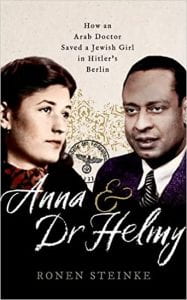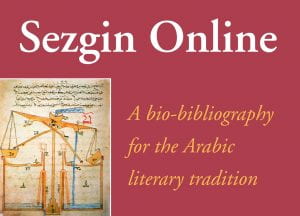 Anna and Dr Helmy: How an Arab Doctor Saved a Jewish Girl in Hitler’s Berlin / by
Anna and Dr Helmy: How an Arab Doctor Saved a Jewish Girl in Hitler’s Berlin / by
The remarkable story of Mohammed Helmy, the Egyptian doctor who risked his life to save Jewish Berliners from the Nazis. One of the people he saved was a Jewish girl called Anna. This book tells their story.
The Israeli holocaust memorial at Yad Vashem has to date honoured more than 25,000 of the courageous non-Jewish men and women who saved Jewish people during the Second World War. But it is a striking fact that under the ‘Righteous Among the Nations’ listed at Yad Vashem there is only one Arab
person: Mohammed Helmy. Helmy was an Egyptian doctor living in Berlin. He spent the entire war there, all the time walking the fine line between accommodation to the Nazi regime and subversion of it. He was also a master of deception, outfoxing the Nazis and risking his own life to save his Jewish colleagues and other
Jewish Berliners from Nazi persecution. One of the people he saved was a Jewish girl called Anna. This book tells their story.
Also revealed here is a wider understanding of the Arab community in Berlin at the time, many of whom had warm relations with the Jewish community, and some of whom – like Mohammed Helmy – risked their lives to help their Jewish friends when the Nazis rose to power. Mohammed Helmy was the most remarkable individual amongst this brave group, but he was by no means the only one.


























